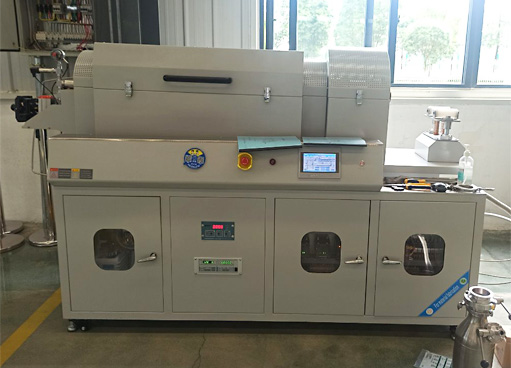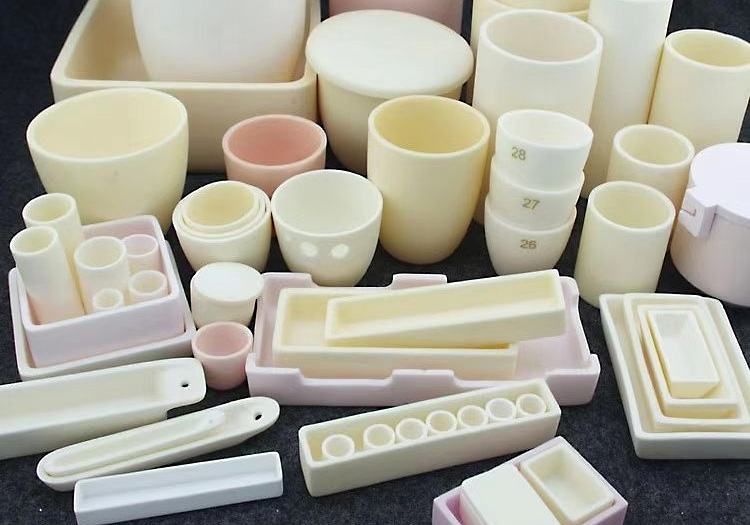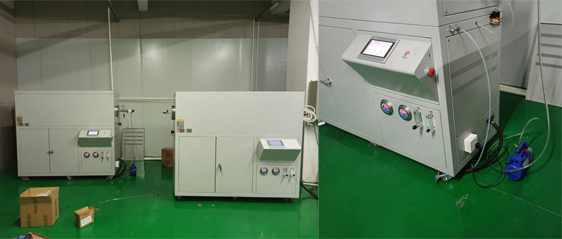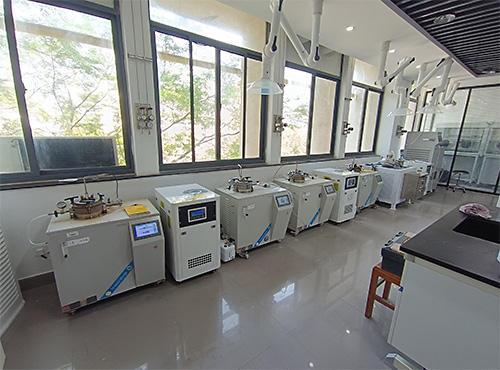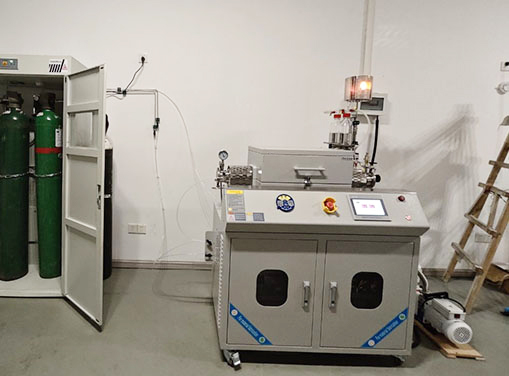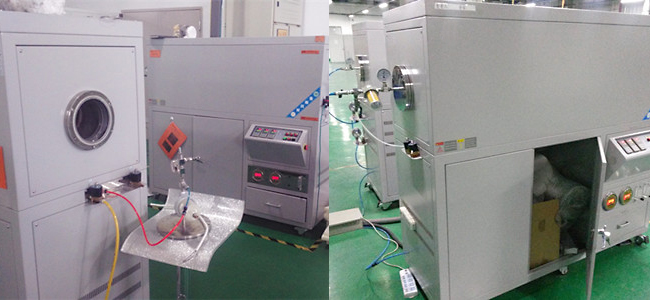Choosing the right sintering equipment is key to ensuring uniform heating, safe handling, and high precision for these large-scale components. In this guide, we explore why a bottom-loading sintering furnace is the ideal choice for large workpiece sintering applications.
Category Archives: Laboratory
Laboratory
In this blog, we will explore how to effectively sinter silicon carbide components using a vacuum atmosphere muffle furnace, the key benefits of this process, and why ZYLAB’s furnaces are trusted by professionals across various industries.
In this blog, we’ll explore why the automatic feeding rotary swing furnace is the preferred choice for SiC powder production, and how ZYLAB’s solutions are helping manufacturers stay ahead in the market.
In this article, we explore the role of an automatic feeding and discharging tube furnace in the efficient synthesis of hydrogen storage materials, and how manufacturers like ZYLAB are contributing to advancing this technology.
Choosing the right crucible can directly affect the outcome of your experiment, influencing material purity, structural integrity, and overall efficiency. This article compares five commonly used laboratory crucibles—Alumina, Quartz, Magnesia, Boron Nitride, and Graphite—helping you make an informed decision based on your specific application needs.
Vacuum furnaces have become indispensable tools in modern material preparation, offering high-purity environments and accurate temperature control. From advanced ceramics to semiconductor wafers, vacuum furnaces play a vital role in producing high-quality materials that meet the demanding standards of today’s industries.
Large-diameter tube furnaces play a vital role in scaling up battery material production while ensuring uniform heating, high-purity processing, and energy efficiency. In this article, we explore how large-diameter tube furnaces are revolutionizing the production process of battery materials.
Laboratory molten salt electric heating furnaces are reshaping aluminum electrolysis research and development, offering energy efficiency, precise control, and environmental benefits. As the aluminum industry transitions toward green and sustainable manufacturing, these furnaces will play an increasingly important role in achieving carbon neutrality goals.
One of the most effective methods for achieving high-purity semiconductor materials is hydrogen purge reduction in a controlled furnace environment. Hydrogen purge reduction furnaces provide an optimal atmosphere to remove oxides and impurities from semiconductor materials, thereby enhancing electrical properties and improving overall device efficiency.
A large-diameter tube furnace offers a controlled environment for high-temperature processing, enabling uniform heating, scalable production, and atmosphere control. This article explores how a large-diameter tube furnace optimizes LED phosphor production and its advantages over conventional methods.



